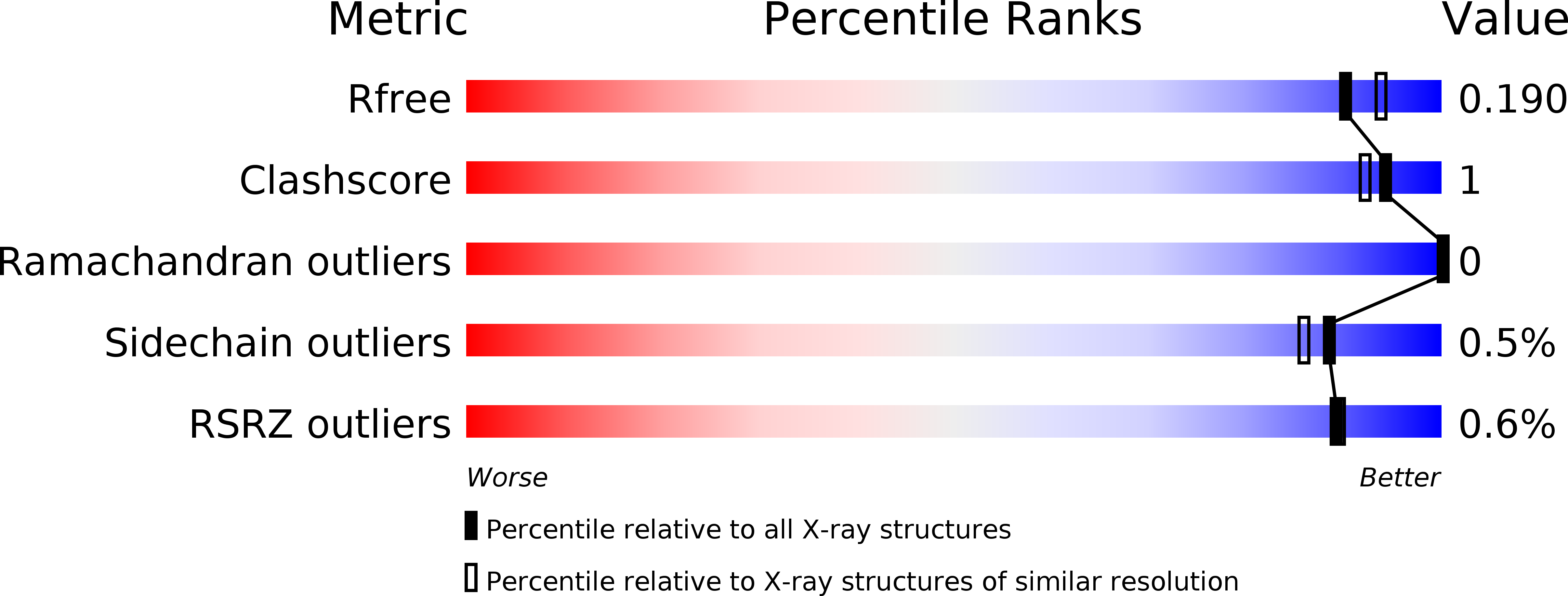
Deposition Date
2017-02-25
Release Date
2018-03-14
Last Version Date
2024-05-08
Entry Detail
PDB ID:
5N9M
Keywords:
Title:
Crystal structure of GatD - a glutamine amidotransferase from Staphylococcus aureus involved in peptidoglycan amidation
Biological Source:
Source Organism:
Staphylococcus aureus subsp. aureus COL (Taxon ID: 93062)
Host Organism:
Method Details:
Experimental Method:
Resolution:
1.85 Å
R-Value Free:
0.18
R-Value Work:
0.14
R-Value Observed:
0.15
Space Group:
P 21 21 21


